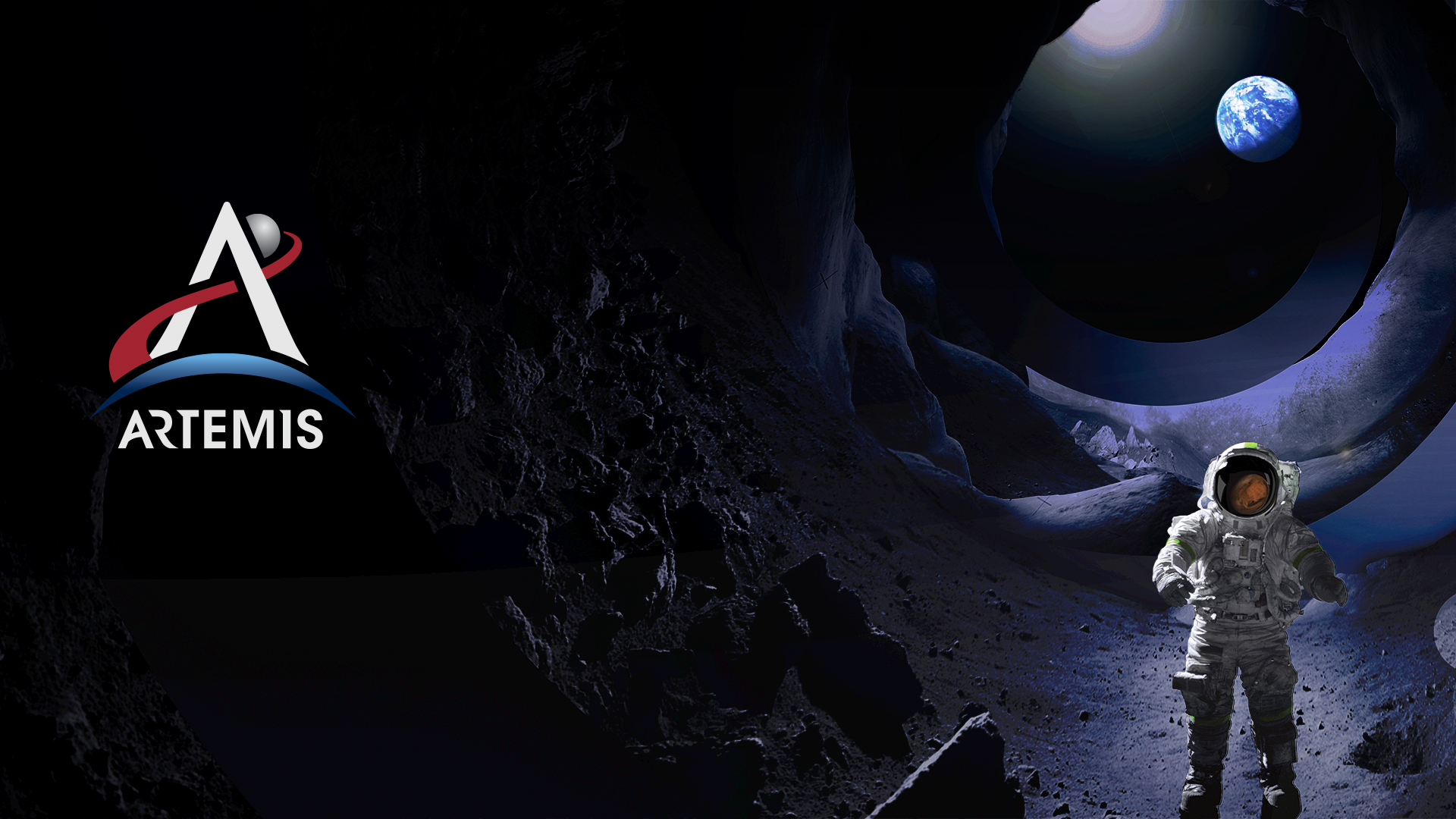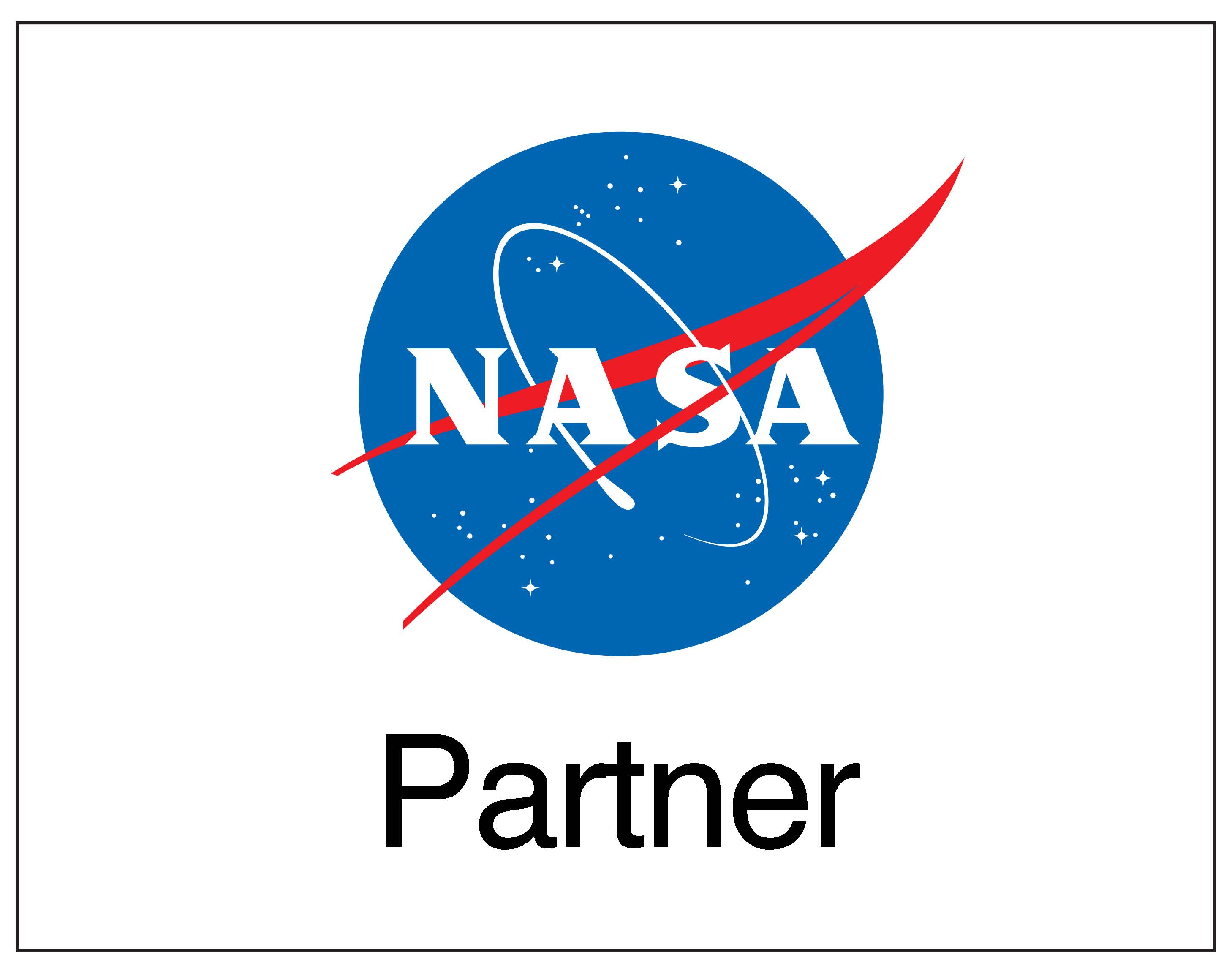Barbie Buckner is a 20+ year STEM classroom teacher with a Doctorate Degree in Mathematics Education from the University of Louisville. Her research interest include the impact of technology on student achievement and teacher behavior. Buckner recently served as a 2013-14 Einstein Fellow at the National Science Foundation Education and Human Resources Directorate where she collaborated with colleagues on learning, learning environments, broadening participating and workforce development. Barbie sees education as her calling and has spent her life sharing her love for learning with everyone around her. Knowing that today’s student will compete in a global economy, Barbie says that “It is imperative that today’s students are prepared with consistent, rigorous, and relevant standards that encourage more STEM majors, particularly women, to keep this great nation at the forefront in technology, innovation, and advancement.” | |





